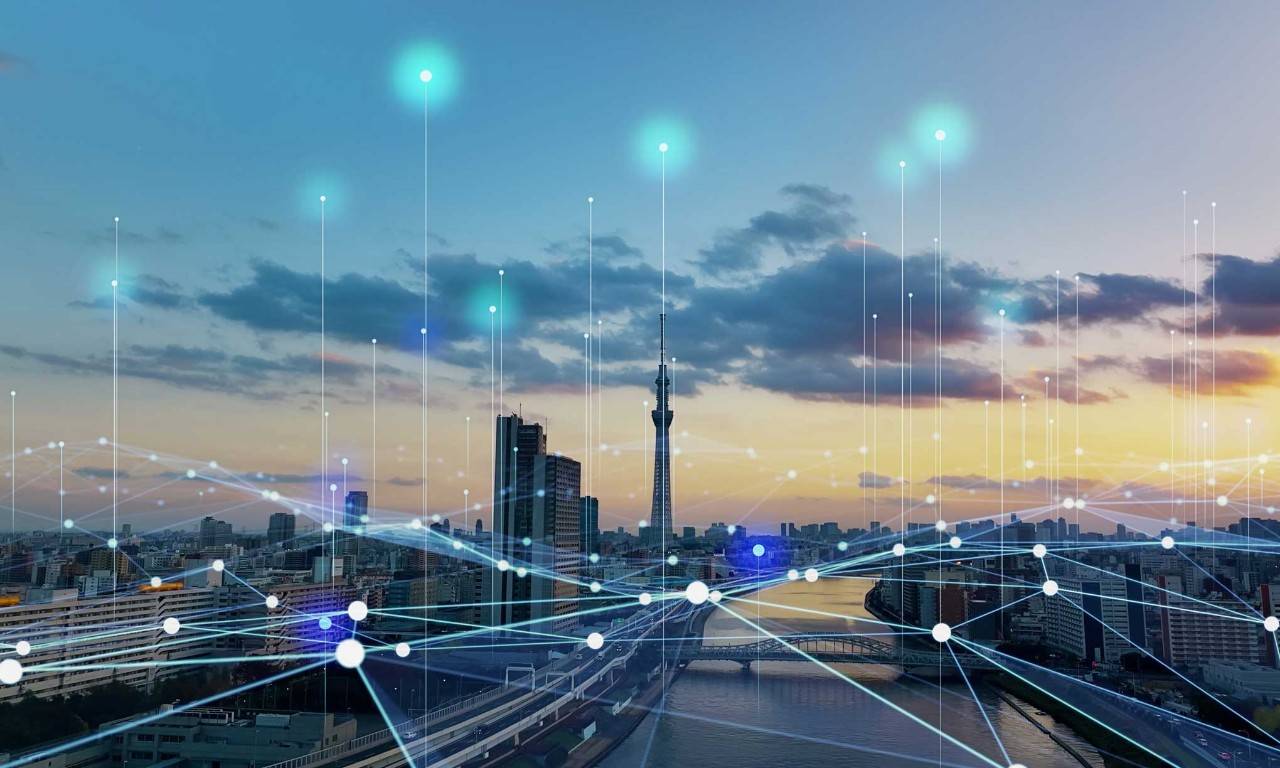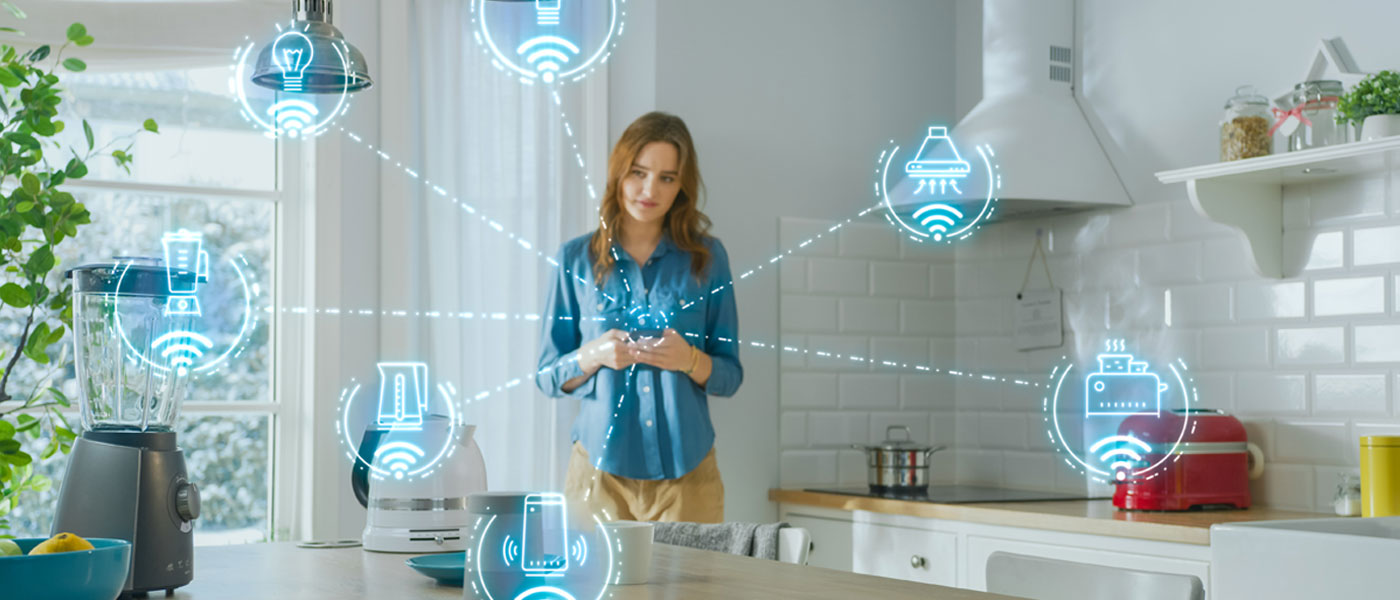Biotechnology
Biotechnology
Applications, types, and advantages of this science that seeks to improve people's lives.

All about the Internet of Things
Technology. Innovation. Quality of life
Technology is revolutionizing our way of interacting with the world, while offering us more comfort and quality of life: There are already coffee makers that prepare our coffee automatically when our alarm goes off, while the car offers us indications in real time to avoid traffic jams. All of this and much more is today a reality thanks to the Internet of Things (IOT).


What is the Internet of Things?
The Internet of Things refers to the connection of everyday objects to the Internet so that they can communicate with each other and with us.
These objects have special sensors that allow them to collect data and send it through the internet. This way, we can control devices and interact with them from anywhere through our phone or computer.
The Internet of Things isn't only used in household devices or vehicles, it's also applied in areas such as health, agriculture, and industry, amongst others.
How does the Internet of Things work?
The IoT is based on systems that monitor, adjust, and collect the interactions between the various connected devices. For example, if we have a smart thermostat at home, and it detects that the temperature is very low or very high, it sends the information through the internet to a server. The server processes the data, and from it, it can send automatic instructions (such as connecting the air conditioning if it is too warm) or send you phone notifications to let you know what is happening to let you decide.
Therefore, in addition to the connected objects themselves, the Internet of Things relies on sensors, internet access, servers, and data processing systems so that information can be sent and received.
Work at Repsol
We’re looking for talented people who can help us create value sustainably. Find opportunities that you can take advantage of to continue growing.
Advantages of the Internet of Things at home
Examples of everyday Internet of Things

Advantages of the Internet of Things in industry 4.0
In the IoT, the following aspects stand out:
The IIoT is making significant progress in the development of industrial processes, while it enables methodologies to be optimized and innovations to be introduced in this field, such as disruptive technologies.

Repsol and the Internet of Things in the energy sector
At Repsol, we are also promoting this technology through our IoT platform, which allows us to manage and capture data from different devices in real time. We thus manage to cut development times, promote effective collaboration between operations, improve our solutions, and enable their ongoing evolution. These are some of the applications that are already in operation:
Biotechnology
Applications, types, and advantages of this science that seeks to improve people's lives.

What is home automation?
Do you want to know what advantages it has for your home?